10 Plants That Look Like Bamboo But Are Not: A List of Similar Plants
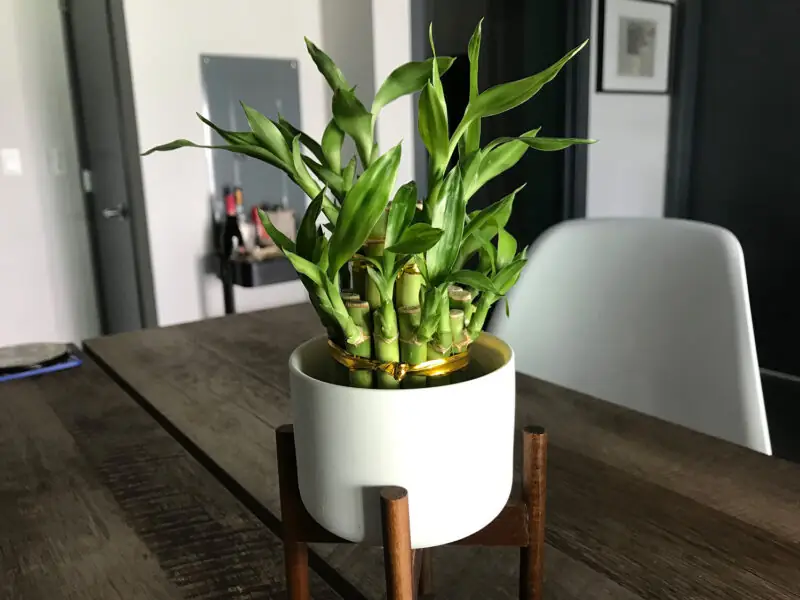
Are you a fan of bamboo plants but don’t have the space or resources to grow them? Or are you just curious about other plants that look like bamboo? Well, lucky for you, there are plenty of options out there! In this article, we’ll explore 10 different types of non-bamboo plants with similar appearances. We’ll also go over some characteristics and FAQs related to these unique and versatile flora.
10 Plants That Look Like Bamboo
Lucky Bamboo (Dracaena Sanderiana)
First on our list is the popular houseplant known as Lucky Bamboo. Despite its name, it’s not actually a type of bamboo plant at all! It belongs to the Dracaena genus and has long green stems with distinct nodes that resemble true bamboo. This plant is often sold in small containers filled with pebbles or water where they can flourish easily without soil.
Heavenly Bamboo (Nandina Domestica)
Heavenly Bamboo might fool people into thinking they’re looking at actual clump-forming bamboo due to their delicate leaves arranged similarly along thin branches/stems – but this shrub actually belongs in the Berberidaceae family rather than Poaceae. Their red berries add pops of color during the fall season, making them stand out among others!
Bamboo Palm (Chamaedorea Seifrizii)
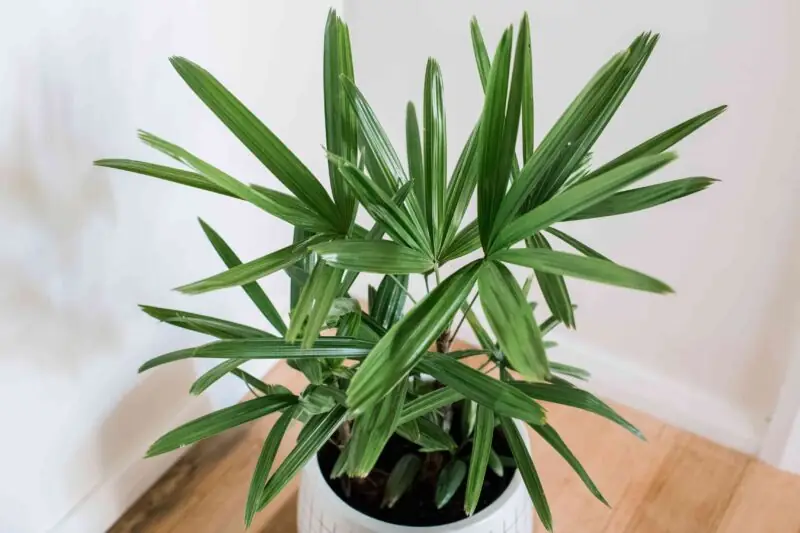
The Chamaedorea Seifrizii may be commonly referred to as “bamboo palm”, but despite its nickname, this slow-growing evergreen tree from Central America isn’t a member of the Poaceae family either. Quite the opposite, it has feather-like foliage resembling many indoor palms like Kentia Palm, Dypsis Lutescens, or Rhapis excelsa. So if someone claims their garden boasts real-life bamboo, take note before heading over. They might be planting something else instead!
Giant Reed (Arundo Donax)
The Giant Reed is a large, perennial grass that can grow up to 30 feet tall. Its thick stems and long leaves make it look similar to bamboo from afar. It’s often used for erosion control and as an ornamental plant in gardens.
Japanese Knotweed (Reynoutria Japonica)
Japanese Knotweeds are one of the most invasive plants you’ll find all over the world! But why are they famous? Because their appearance resembles bamboo, which can be confusing for astute gardeners. Their hollow stem structure allows rapid growth, making them hard to resist. Due to its infamous character, these species might not be everyone’s favorite but are still worth mentioning here!
Horsetail (Equisetum)
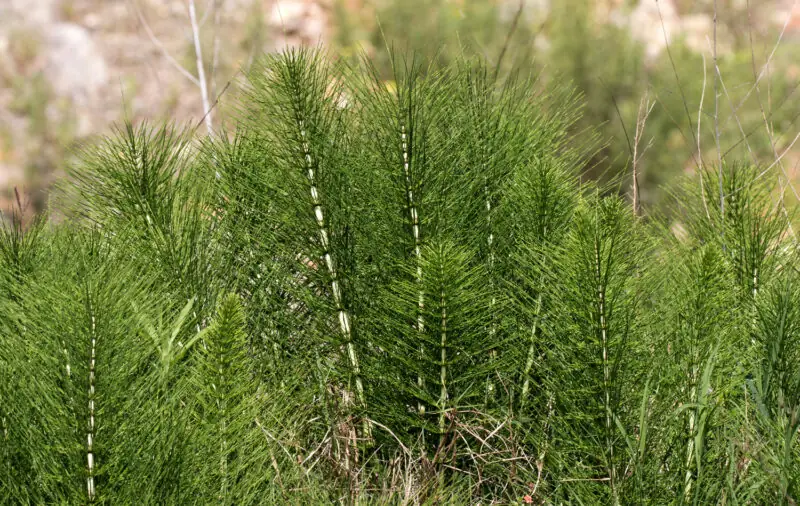
Horsetails have been around since prehistoric times, making them some of the oldest living plants on Earth! Although they don’t quite match the height or girth of bamboo, the jointed, stalk-like structures give off a similar illusion. Its ability to thrive in moist ground also adds charm to this member of the Equisetaceae family.
Dumb Cane (Dieffenbachia Seguine)
The Dumb Cane is a tropical houseplant known for its broad green leaves with white stripes running through them, and yes, it also looks like another type of outdoor bamboo due to its structural shape. At certain stages, this easy-to-care-for foliage may produce small flowers, dangling below white/yellow spathes.
Parlor Palm (Chamaedorea Elegans)
Another Chamaedorea palm stands out among similar-looking plants – the Parlor Palm. This indoor/outdoor tree is widely loved by many beginners because its maintenance and watering requirements are low. It seems pretty much like a smaller version of our previous entry but has darker green, feather-shaped fan leaflets than other palms on the market. Moreover, its bunching habit gives it a resemblance to real-life bamboo clusters.
Reddish-Green
Another plant that resembles bamboo is the reddish-green bamboo-like plant. This perennial has lush foliage with stems similar to those of a bamboo, but it’s not actually related to this grass family. It thrives in subtropical environments and prefers moist soils with good drainage. The unique coloration of its leaves makes it an attractive addition to any garden or landscape design and can be used as a hedge or screen due to its dense growing habit.
California Native
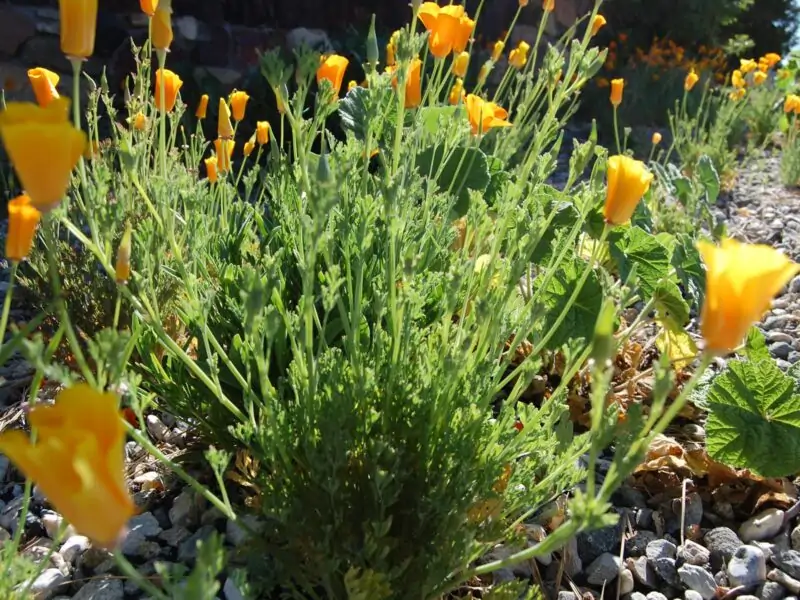
The California native bamboo-like plant, also known as the Horsetail Reed or Equisetum Telmateia ssp. Braunii, is an evergreen shrub that resembles bamboo with its tall and slender stalks. It’s a popular choice for gardeners who want to add architectural interest to their landscapes without introducing invasive species. This plant prefers moist soil conditions and can tolerate wet areas such as ponds or streamsides but will also grow in drier soils if regularly irrigated.
Characteristics of Bamboo-Like Plants
Now that we’ve covered some examples, let’s talk about the general traits of plants that resemble bamboo.
Bamboo Look and Structure
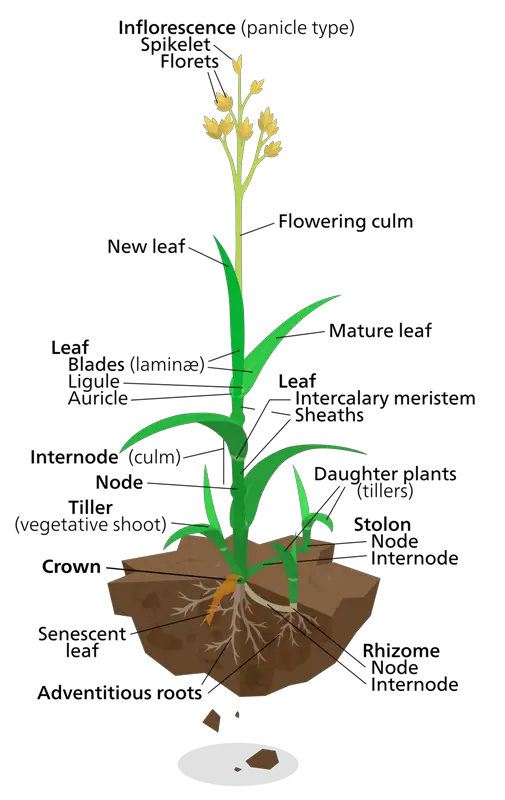
Bamboo-like plants typically have long, slender stems with nodes or joints. The leaves are often thin, elongated, and pointed. And the overall shape of these flora tends to be straight and cylindrical.
Plant Growth and Habit
Some bamboo-like plants can grow quite tall, while others remain short. Many also spread out through rhizomes in a way similar to true bamboos, which helps them thrive quickly. Although not all members are in the same family – grasses like horsetail may need constant maintenance to prevent overgrowth; shrubs like heavenly bamboo require periodic pruning to keep their shape intact. But still, it’s worth noting that having such a low-maintenance plant collection will make you happy!
Environmental Adaptability
Many non-bamboo species referred to as ‘bamboo’ share characteristics of hardiness, making them ideal for growing in subtropical regions where they don’t have winter temperatures that are too harsh. They are drought-tolerant enough during summer months but are also able to survive in moist ground, making landscaping much easier. In case an exotic companion adds unexpected charm to your garden, frost-proofing the process would not hurt either – preventive measures are always better than regretting later on!
Plants Commonly Mistaken for Bamboo in Different Regions
It’s easy to see how certain types of plants could be mistaken for bamboo depending on where you live. Here we’ll discuss some examples:
Michigan Bamboo-Like Plants
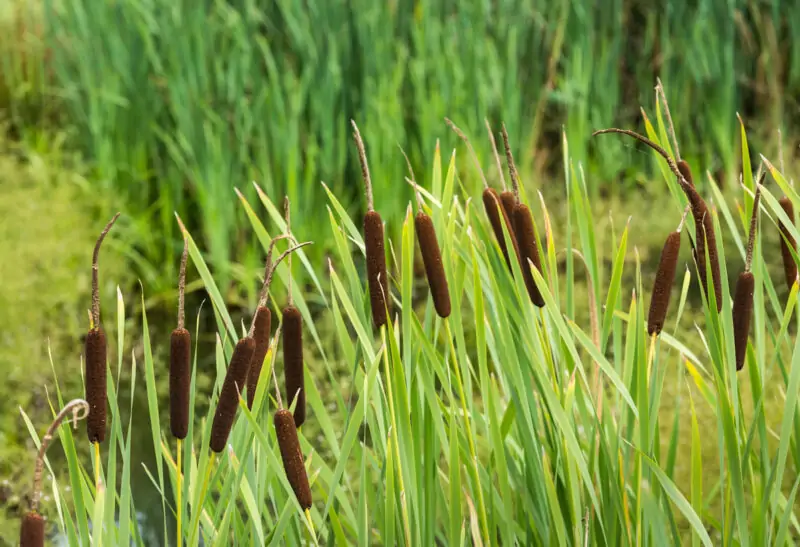
People living near the Great Lakes might mistake Cattails (Typha latifolia) and Porcupine Sedge (Carex hystericina) for actual bamboo because these two native grasses frequently appear along riverbanks or shallow waters. However, both differ from each other when observed closely: cattails have brown fuzzy spikes, resembling hot dogs, sitting atop stalks reaching up to 10 feet high. Porcupine Sedges often grow 3 feet tall with thin seed heads that look like tiny porcupines.
House Plants That Look Like Bamboo
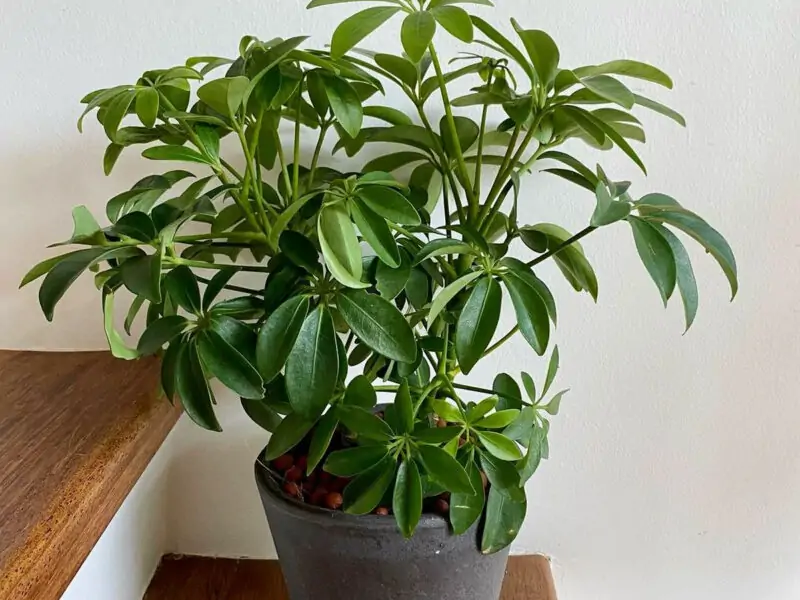
Aside from the lucky bamboo mentioned earlier, there are a few other popular indoor plants that resemble bamboo. The Ficus Benjamina (Weeping Fig) is known for its woody stems and long leaves, while Dracaena Marginata displays a slim growth habit resembling some outdoor evergreens. Likewise, Schefflera Arboricola has features between Umbrella trees but still can fool visitors who have never been familiar with it before!
Bamboo FAQs
Let’s address some frequently asked questions related to true bamboos:
Bamboo is actually a type of grass! It has hollow stems filled with air, which enables them to grow quickly, reaching great heights. Their unique structure also helps them bend without breaking under pressure, making them ideal for building materials.
Many parts of the bamboo plant are consumable, especially in Asia, where they use fresh shoots, broth, sap, or even fibers separated into strands. Culinary usage brings tons of benefits: a fiber-rich diet improves digestive health; anti-inflammatory properties treat skin problems and promote wound healing. So next time when you’re exploring your local farmer’s market, don’t forget to pick up this versatile food ingredient as well!
Bamboo typically blooms only once every several years, so it doesn’t exactly have a regular season cycle. However, in the northern hemisphere, from April through June tends to be peak seasons during which new green shoots emerge, giving people a chance to witness nature’s beauty at its best.
Despite their size and upright nature, bamboos belong to the Poaceae family, and hence are considered a variation of the same group. Their leaf blades are more narrow than broad, but preserve a parallel venation pattern commonly associated with grasses. In fact, because their cell walls consist of silicate structures, bamboo plants are often called “silica grasses.”
Benefits of Planting Non-Bamboo Plants with Bamboo-Like Appearance
So now that we know about the different non-bamboo plants that resemble bamboo, let’s talk about some benefits of growing them alongside actual bamboos.
Aesthetic Appeal
Having a diverse collection of flora is always visually appealing. By planting other bamboo-like species in your garden, you’re creating more depth and variation in texture and color, which can be quite beautiful when they blend together harmoniously.
Lower Maintenance Requirements
While true bamboos are known for their hardiness, they still require specific environmental conditions to thrive. Non-bamboo alternatives usually have lower maintenance requirements than real ones due to easier adaptation to various soil or climate types. Including such plant members might add bonus points for maintaining variety without putting in extra efforts!
Environmental Benefits
Growing a variety of plants creates a healthy ecosystem throughout all life-cycle stages. Plant diversity encourages pollinators like bees, butterflies, and hummingbirds to visit your garden, giving nature a helping hand while contributing positively towards cleaner air in the environment. So, including these faux-planters offers not only beauty but also an eco-friendly solution as well!
Conclusion
In conclusion, there are many options out there if you’re looking for alternative types of foliage resembling bamboo! From houseplants to outdoor shrubs, trees, and even aquatic sedges, the sky seems to be the limit here. As discussed earlier, such “bamboos” offer similar aesthetic appeal; they ease landscape maintenance and provide environmental benefits, making them an interesting choice for adding versatile greenery wherever possible. What’s most important? Many people find joy just by exploring the fascinating world of vegetation, uniquely distinct from others through simple observation, so why not give it a try yourself?